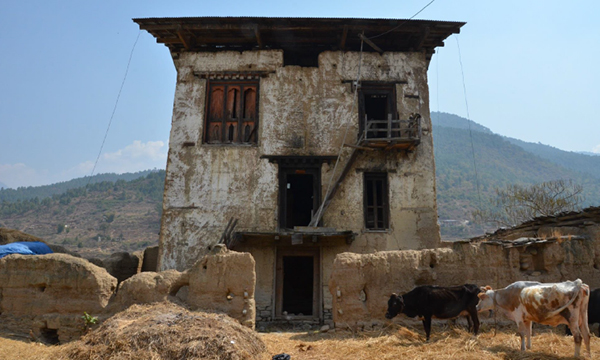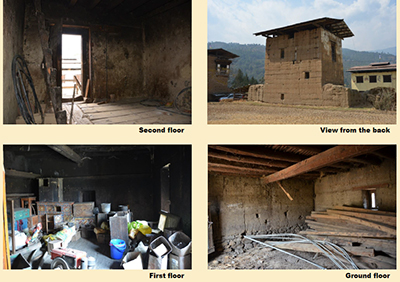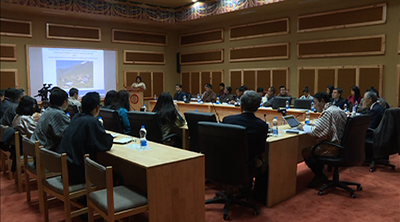 The Department of Culture has proposed preservation of traditional houses in the western region. This is part of ongoing efforts to conserve the country’s cultural heritage sites.
The Department of Culture has proposed preservation of traditional houses in the western region. This is part of ongoing efforts to conserve the country’s cultural heritage sites.
Three traditional houses, one each from Kabisa in Thimphu, Changjokha in Punakha and Talung Toed in Haa, have been identified for the proposed project.
The houses were selected from among more than a hundred traditional houses surveyed between 2012 and 2016 for an ongoing scientific research on constructing quake resilient traditional buildings.
The Department of Culture in collaboration with the Tokyo National Institute for Cultural Properties carried out the research following the 2009 and 2011 earthquakes that caused massive destruction to traditional houses.
The survey of the traditional houses carried out for the research looked at the architectural as well as structural aspects.
“The architectural survey focused on finding the traditional techniques of construction, which is very unique and has to be preserved, while the structural survey focused on the ways to strengthen traditional structures while carrying out new constructions using rammed earth,” Yeshi Samdrup, a Senior Architect with the Department of Culture said.
 At a day-long workshop on conservation of traditional houses held yesterday in Thimphu, experts from Japan presented the survey findings that stressed the importance of traditional houses.
At a day-long workshop on conservation of traditional houses held yesterday in Thimphu, experts from Japan presented the survey findings that stressed the importance of traditional houses.
The findings reveal traditional Bhutanese houses are at risk of disappearing.”It is an urgent task for us to safeguard traditional houses, which is important for the Bhutanese culture,” Masahiko Tomoda, the Head of Japan’s Conservation Design Section said.
“We are looking forward to the Bhutanese government’s legal framework for protection of rural traditional houses, which is important not only for conservation but also to encourage people and make them understand the importance or cultural significance of traditional houses.”
Conserving traditional houses, or for that matter, any cultural heritage is challenging in the absence of a legal framework, says the Department of Culture. Things are expected to improve once the Cultural Heritage Bill is enacted.
“Since the bill is not enacted, we don’t have any proper incentive and proper protection designed for the protection,” Yeshi Samdrup said.
“However, we are encouraging adaptive reuse of the old houses. In foreign countries, people have economically benefited from preserving old houses. They have converted the houses into restaurants, museums, art exhibition and all. So, we are trying to promote in that way.”
Yeshi Samdrup added that the culture department is providing technical assistance to private owners who want to preserve old houses. It also provides timber concession for any works related to preservation of the old houses.
The research on constructing quake resilient traditional buildings is scheduled to be complete by March next year. The findings are expected to clear misconceptions around stability of traditional rammed earth structures.
It is also expected to encourage people to preserve traditional houses.












